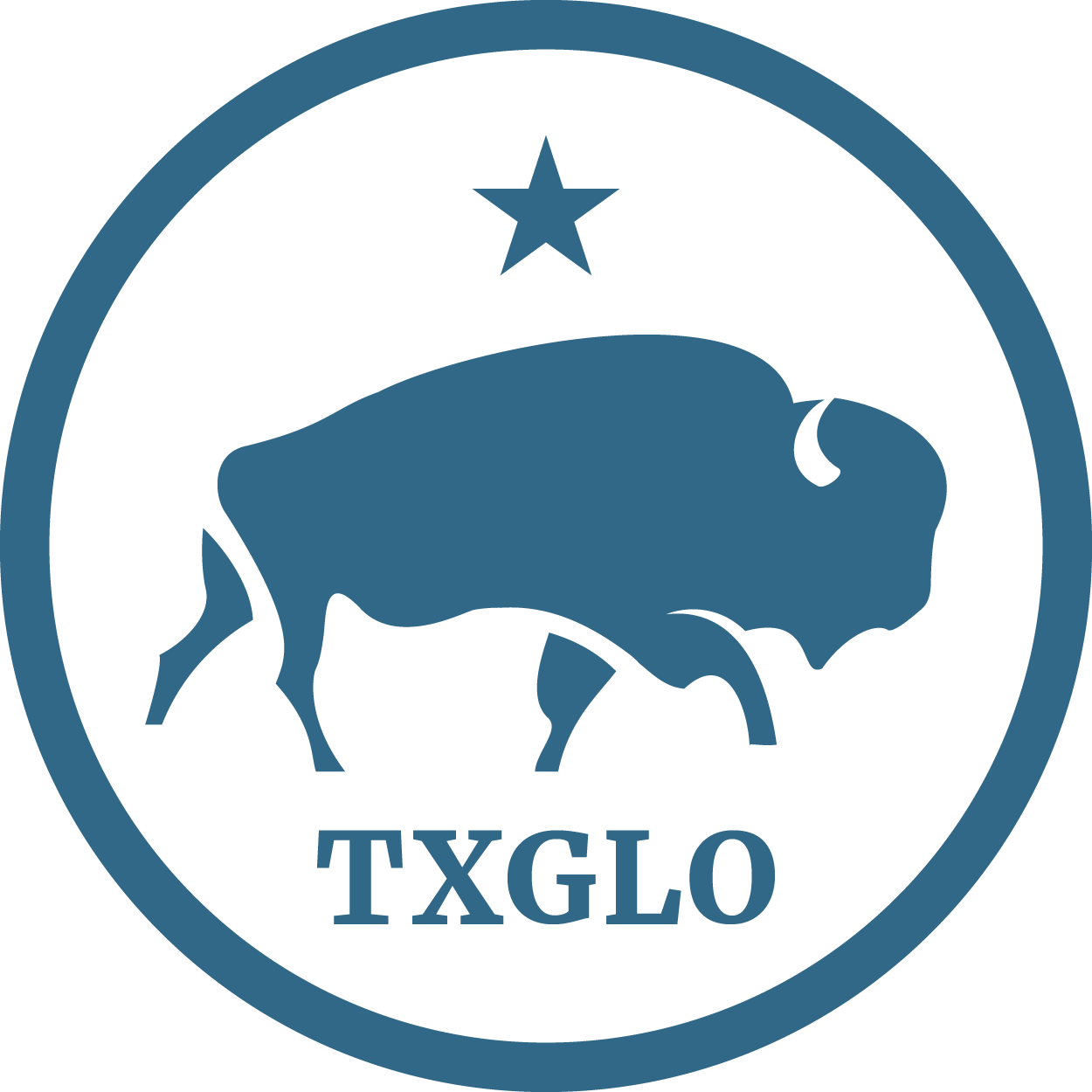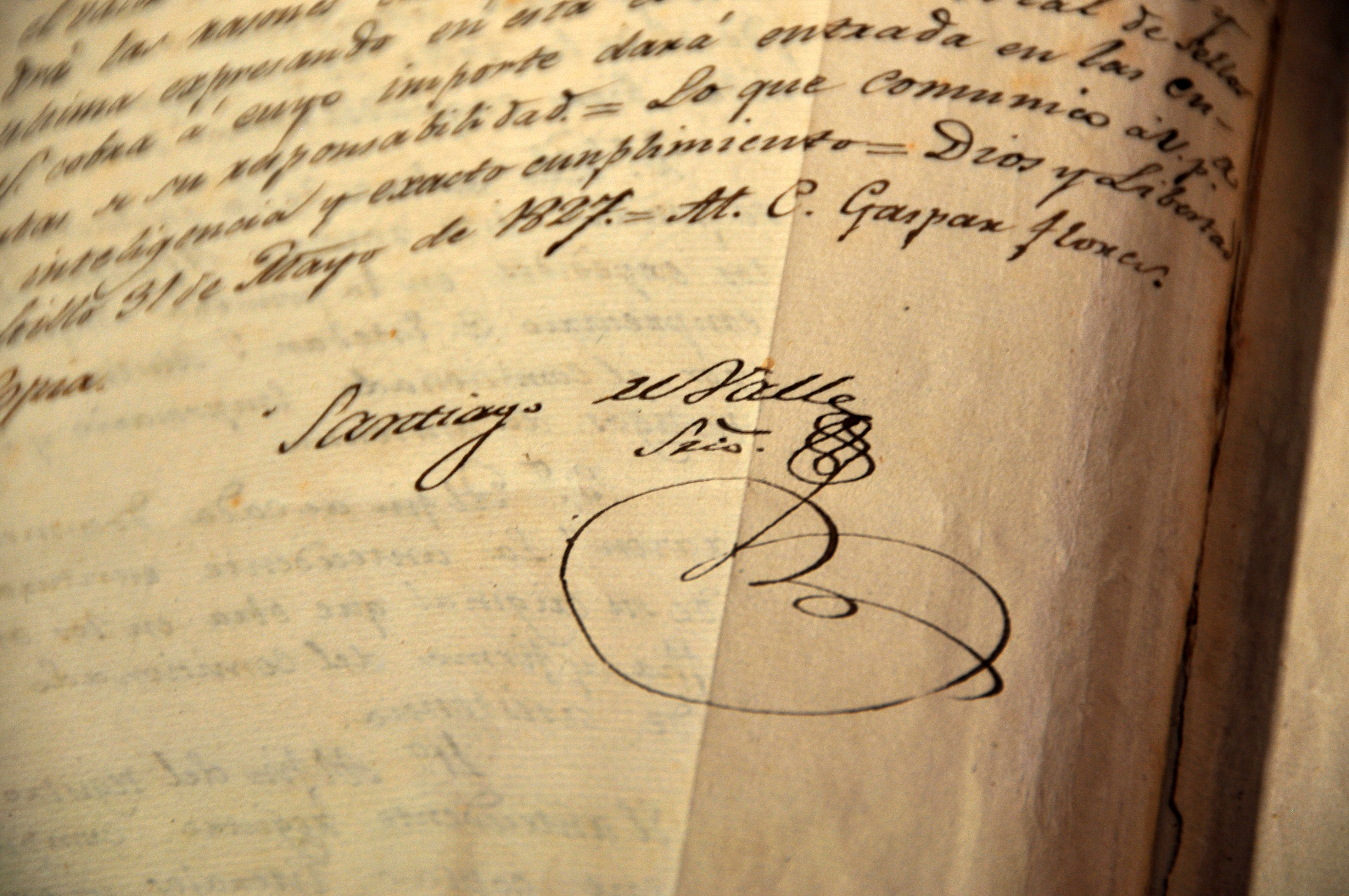Our Origin Story
Texas will again lift its head and stand among the nations. It ought to do so, for no country upon the globe can compare with it in natural advantages.
~Sam Houston, President of the Republic of Texas
The Texas General Land Office (GLO) is the oldest agency in the state, established in 1836 by the newly formed Republic of Texas Congress. Back then, the GLO’s primary charge was to collect and keep records, provide maps and surveys, issue titles, and manage the settlement of state lands.
Unique among states, Texas retained ownership of its lands when it joined the Union in 1845. This meant Texas' lands would continue generating revenue for the state. That’s why, in 1876, the GLO was able to set aside a portion of state lands to establish the Permanent School Fund. This robust source of revenue funds our public schools to this day.
In 1946, the GLO codified its longstanding support of Texas Veterans with the creation of the Texas Veterans Land Board (VLB). The VLB honors Texas Veterans, Military Members, and their families with funding and support services.
The GLO Today
Today, the GLO is charged with managing our most valuable resource: 13 million acres of state lands. That includes over 3,400 miles of coastline and tidelands that extend over 10 miles into the Gulf of America. It also includes the vast oil and mineral deposits that generate billions of dollars for Texas each year.
The agency is led by an elected commissioner who serves a four-year term. Our current commissioner is Dawn Buckingham, M.D., a ninth-generation Texan and fierce advocate for our state’s independence and economic health.
Commissioner Buckingham and the GLO team of dedicated public servants work to:
- Lease state lands for oil, mineral, and other commercial surface uses that generate revenue for the state, including the Permanent School Fund
- Allocate funding for disaster recovery efforts so that Texans can repair and rebuild
- Safeguard and manage more than 3,400 miles of Texas coastline through clean-ups, storm recovery, and storm mitigation strategies
- Fund and oversee some of the most extensive Veterans programs in the country, including home loans, long-term care homes, four Texas State Veterans Cemeteries, the Voices of Veterans Oral History Program, and the Veterans Land Board Call Center
- Preserve, archive, and celebrate the state’s rich history through the maintenance of archives, preservation of historic landmarks like The Alamo, and creation of educational resources that tell the story of Texas
- Promote clean, safe coastal waters by preventing spills before they happen and ensuring coastal oil handling facilities and vessels that transit Texas ports have an oil spill response plan in place.
The GLO’s Future
With transparency, a pioneering spirit, a never-quit attitude, and a staunch commitment to all Texans, we will ensure state lands continue to support the prosperity of Texans.
Our Daily Mission
The Texas General Land Office (GLO) improves the lives of every Texan by preserving our state’s history, restoring and operating the Alamo, maximizing the revenue from our state lands to help fund Texas public education, safeguarding our coast, supporting communities impacted by disasters, and providing essential services to Veterans.
The Texas We’re Preserving
-
A Texas that protects the land, water, energy, and natural resources that make us one of the world’s most powerful economies.
-
A Texas that funds a world-class public education system.
-
A Texas that draws from the best of our unparalleled history to shape our unlimited future.
How We Work
We exist to make life better for all Texans, which is why we operate with a spirit of service. We’re always looking to reduce inefficiencies, embody prudent stewardship, and ensure transparency in all our endeavors. So, we work with a few truths in mind:
-
Texans come first.
-
Transparency above everything.
-
Always improving.
Contact Us
Visit our GLO Agency Directory if you have a question or comment about a specific program area.
GLO AGENCY DIRECTORY







